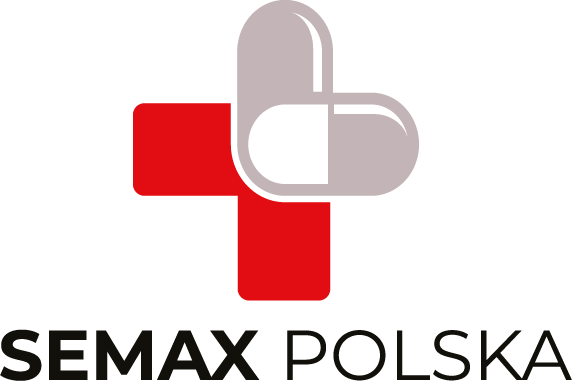
GHK-Cu
Human copper-binding peptide GHK-Cu (glycyl-l-histidyl-l-lysine) is a small, naturally occurring tripeptide present in human plasma that can also be released from tissues in the event of injury.
Since its discovery in 1973, GHK-Cu has established itself as a powerful protective and regenerative ingredient that is now widely used in skin and hair creams, cosmetic products and intranasal formulations.
In light of a wide-ranging 2018 publication [1] has many biological activities, of which all, according to current knowledge, appear to be beneficial to health.
How does GHK-Cu work?
GHK-Cu:
- stimulates The growth of blood vessels and nerves,
- increases collagen synthesis,
- increases synthesis of collagen elastin and glycosaminoglycans,
- supports The action of dermal fibroblasts,
Capability GHK-Cu to improve tissue repair has been demonstrated in the case:
- skins,
- connective tissues lungs,
- tissues bone,
- livers,
- linings stomach.
As a result, the GHK-Cu is able to:
- tighten loose skin And reverse the thinning of aging skin,
- stimulate skin protective proteins,
- Improve the firmness, elasticity and clarity of the skin,
- reduce fine lines, wrinkle depth and improve the structure aging skin,
- smooth rough skin
- reduce mottled discoloration, stains and skin lesions
- improve overall appearance of the skin
- stimulate wound healing,
- protect skin cells against radiation UV,
- reduce inflammation and free radicals,
- increase hair growth and thickness,
- increase hair follicle size,
The aforementioned study [1] also found that. GHK has a strong protective effect For cells, such as: numerous anticancer activities i anti-inflammatory, including lung protection i Restoring fibroblasts of chronic obstructive pulmonary disease (COPD)!
GHK-Cu He is also responsible for:
- particle suppression, which are considered to be accelerating diseases of aging, such as NFκB,
- action anti-anxiety, painkillers i anti-autoimmunization,
- DNA repair,
- Activation of cell purification by the proteasome system.
Does GHK-Cu have established side effects?
The only reported cases of side-effect findings occurred in amounts below 1% humans and were strongly correlated with the specific mode of administration of the peptides - injection.
The most common side effect was red coloration and pain around the injection site.
Other noted side effects include:
- increase in appetite
- bloating
- sleepiness
None of the clinical trials found any deterioration in health after the use of GHK-Cu
[1] https://www.ncbi.nlm.nih.gov/pmc/articles/PMC6073405/



